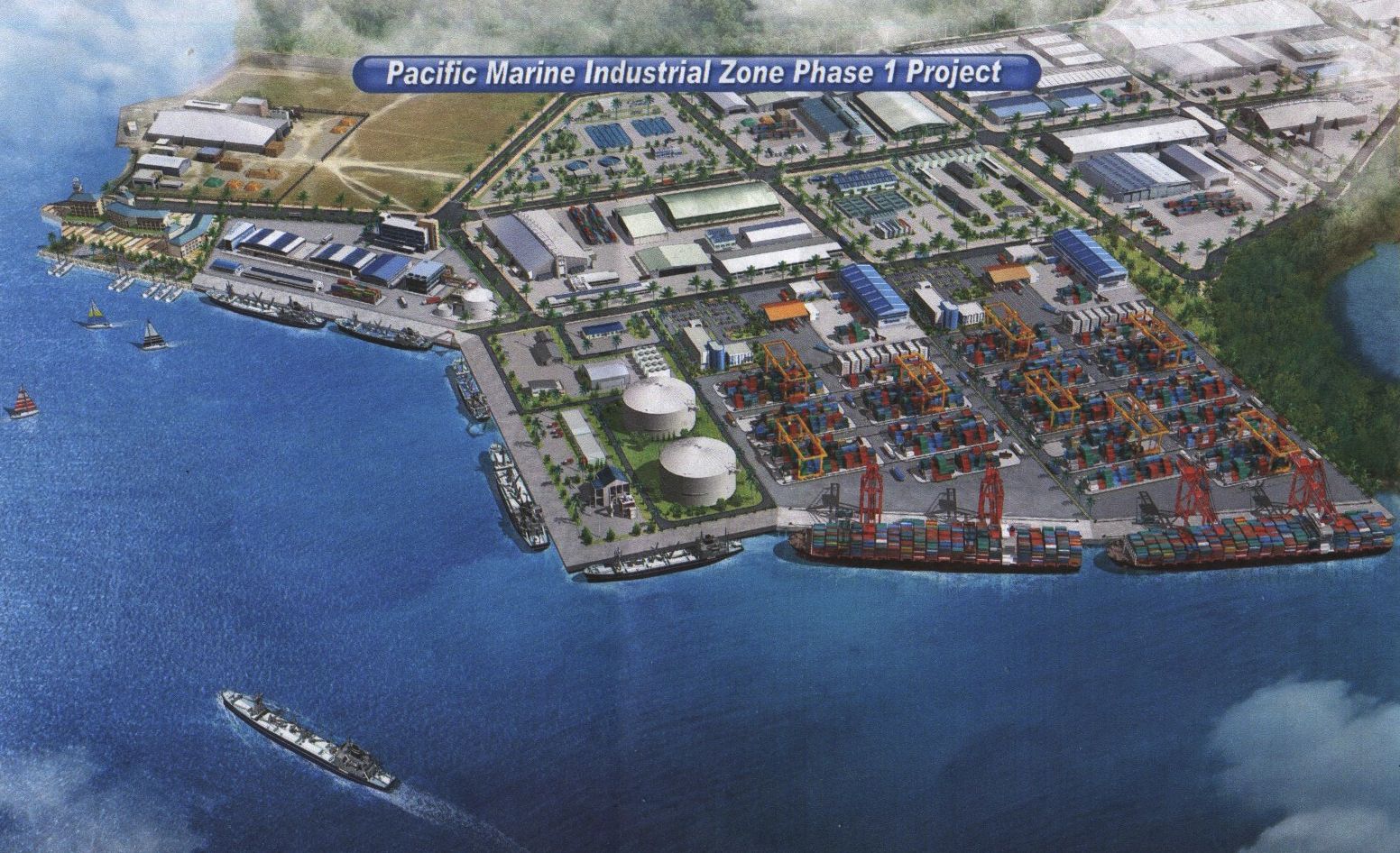Papua New Guinea Treasurer Ian Ling-Stuckey has announced a new study aimed at resuming work on the long-delayed Pacific Maritime Industrial Zone project in Madang.
PMIZ has been a white elephant sitting on the fringes of reality since 2004 by past and present governments.
When the then O’Neill government officially launched the project in 2015, it was touted to be the start of a US$95 million construction phase, saying then that it will earn the country between US$2billion and US$4 billion (K7 billion and K14 billion) a year, once fully developed.
The Treasurer’s announcement follows talks with Fisheries Minister, Dr Lino Tom and Justice Minister and Madang MP Bryan Kramer.
Ling-Stuckey said his visit to Madang was part of the government’s review of the Medium Term Revenue Strategy (MTRS) for 2023-2027.
The study is to identify potential new sources of finance for the project, discover the whereabouts of more than K300 million(US$85 million) previously committed to it, and investigate dubious land dealings.
A point the local Member Kramer raised was that despite the loan being drawn down, and substantial PNG counterpart funding of more than K50 million(US$14 million) being spent, all that exists is a half-built entrance, dilapidated staff housing and rusty fencing.
The project, which has been under the control of various departments and agencies since it was first promoted about 20 years ago, was transferred back to the National Fisheries Authority by a NEC decision this month.
“Recent work by government agencies has cleared up some technical and financial concerns about the project, and reaffirmed its fundamental attraction,” Ling-Stuckey highlighted.
“The economic and industrial underpinnings of the project are well-known, and well-founded, and the government is enthusiastic about its prospects. But more work is required to bring it to fruition, hence this study.”
Ling-Stuckey said the project envisages up to 10 tuna factories, advanced port and wharf facilities including a container terminal, a tuna auction centre, new roads and new drainage and wastewater systems, a communications hub and a new office complex.
“It is expected that up to 30,000 jobs and hundreds of spin-off opportunities could be created.”
A 2016 study conducted by State-owned Kumul Consolidated Holdings estimated that an expanded project would cost about US$156 million (K547m).
He said Minister Tom has raised the possible resumption of the project with the Ministerial Economic Committee, and conducted a site visit and briefing for the Treasurer and Kramer.
The project was originally funded by a US$95 million loan from China Exim Bank and counterpart PNG funding. The loan is still being paid off, and there is an outstanding debt to the bank of K42.6 million(US$12 million).
“The scope of the project is of significance not only to Madang and the Momase region, but to the nation. “
Ling-Stuckey said the Government wants to see it proceed in a responsible, transparent and accountable way.
